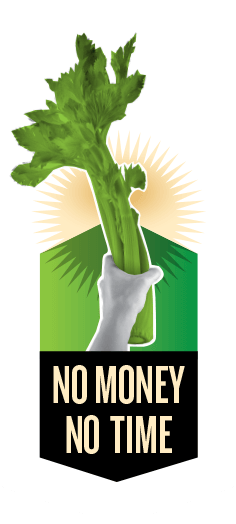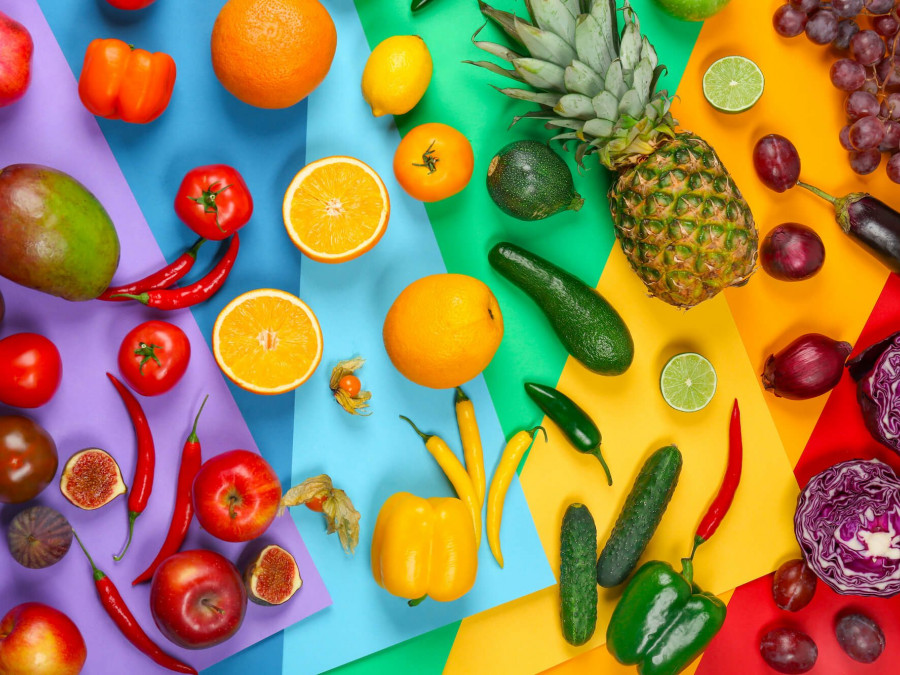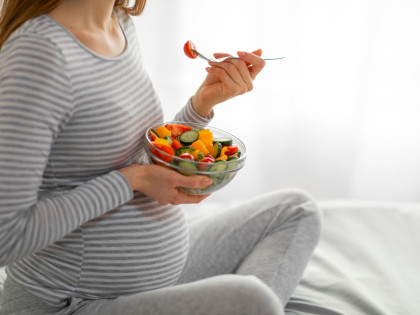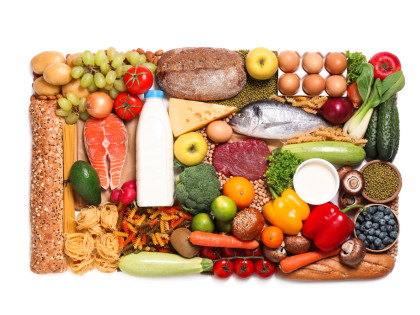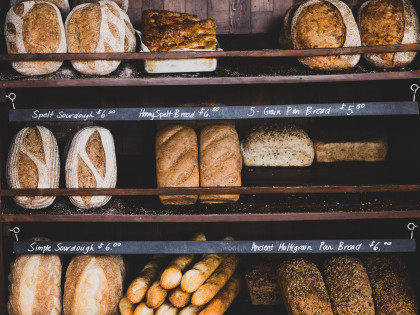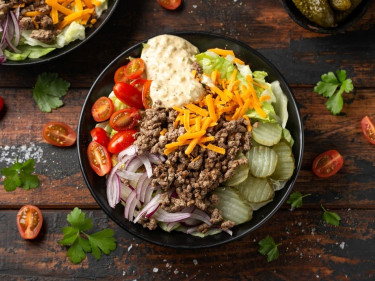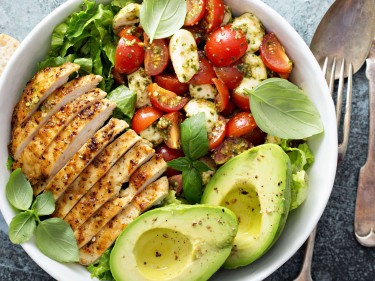Having a healthy diet is all about variety. That means eating a range of different foods across the day from within the five major food groups. These are:
Vegetables
Fruit
Lean meats and poultry, fish, eggs, legumes and dried beans, tofu, nuts and seeds
Grain (cereal) foods, mostly wholegrain and high fibre varieties
Milk, yoghurt, cheese and/or alternatives, mostly reduced fat
You may have heard of the ‘Go for 2&5’ campaign that promoted getting two serves of fruit and five serves of veggies a day, which is important for our overall health. What you might not know is that it’s also really important to get a variety of fruits and vegetables, so that you can benefit from all the different nutrients!
Getting variety into your diet doesn’t have to be hard; all you have to do is ‘eat the rainbow’!
That means eating fruits and vegetables from each of the five different colour categories: red, purple/blue, orange, green, and white/brown. Each colour carries its own set of food chemicals called phytonutrients. These give the fruits and veggies their colour and health promoting properties.
Let’s take a look at what each colour brings to the table (or in this case the plate)!
Red
Fruits and veggies such as strawberries, tomatoes, capsicum and apples are all coloured by a powerful nutrient called lycopene that not only creates the natural red pigment but also helps to:
Decrease the risk of heart disease and stroke
Improve the quality of your skin
Purple/ Blue
Coloured by the plant pigment anthocyanin, fruits and veggies such as blueberries, eggplant, figs, acai and beetroot can help to:
Increase longevity
Improve memory
Fight inflammation
Orange/ Yellow
Want to get that healthy glow? Boost your intake of orange and yellow fruits and veggies!
Getting their colour from fat-soluble plant pigments called carotenoids, fruits and veggies such as oranges, carrots, sweet potato and pumpkin are packed full of nutrients and fibre and can help to:
Protect your skin and give it a healthy glow
Improve immune function
Promote eye health
Improve joint health
Green
Fruits and veggies such as broccoli, kiwi fruit, lettuce and zucchini get their colour from the chemical chlorophyll. They contain a range of phytonutrients including carotenoids, indoles, and saponins. Leafy greens such as spinach are also excellent sources of folate which helps the body make healthy red blood cells. They can also assist with:
Brown/ White
Coloured by a range of health-promoting phytonutrients such as allicin, brown/white fruits and veggies such as banana, cauliflower, onion, potatoes and garlic can assist with:
Increasing bone strength
Reducing inflammation
Bananas and potatoes are also a good source of potassium, and veggies such as garlic are known for their antiviral and antibacterial properties.
Want to improve your fruit and veggie intake? Take a look at our easy, healthy recipes, and while you’re there check out our filters!

